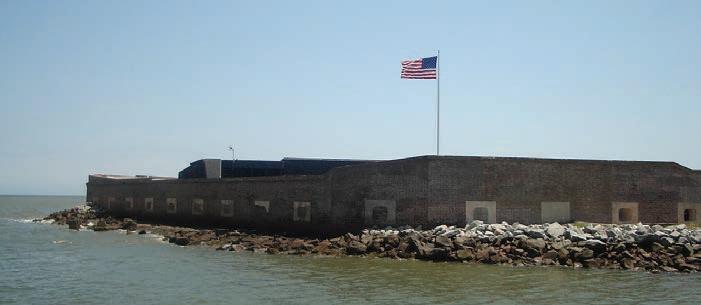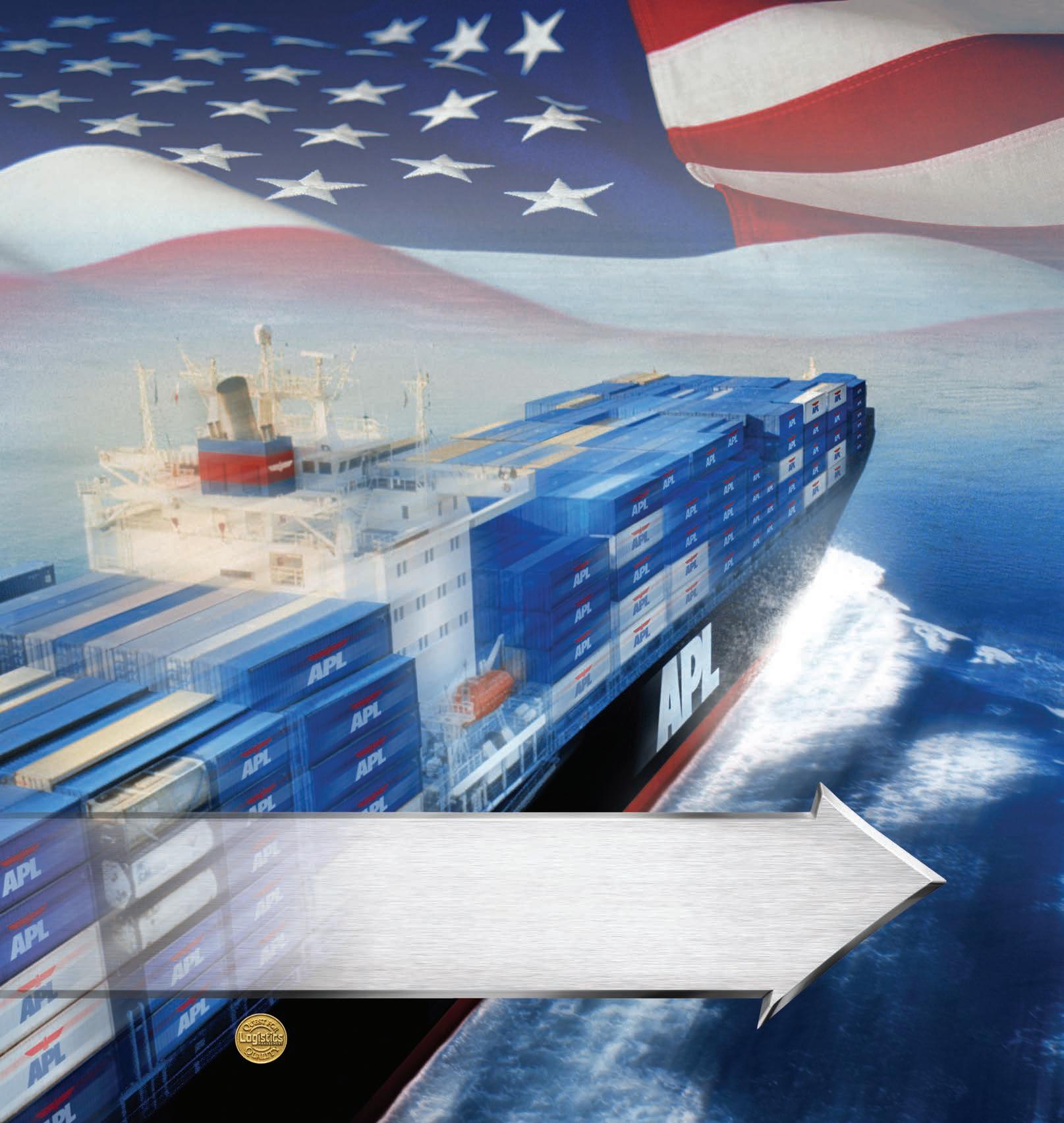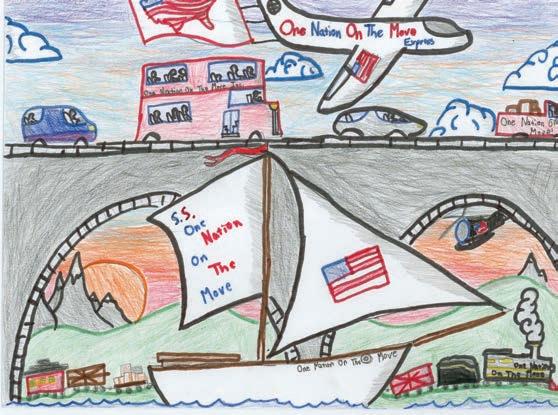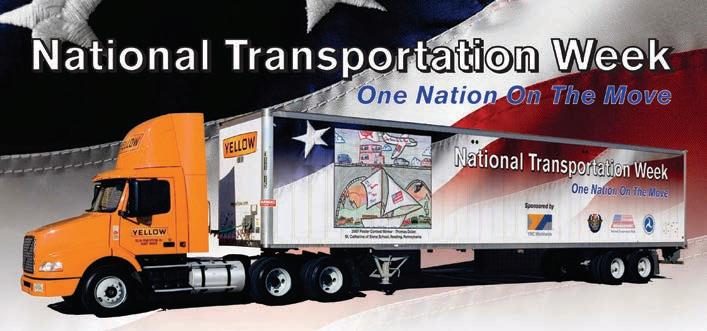Photos and story by Kevin Dennehy
History and Charleston, South Carolina are inseparable. Founded in 1670, immigrants first came to escape religious oppression. Later, many became wealthy through the rice, indigo, and cotton industries. Visitors to the NDTA’s 61st Annual Forum and Exposition, September 15-19, have the opportunity to walk in their footprints—visiting historical sites and touring famous mansions and gardens. They’ll also dine in some of the nation’s finest restaurants.
T
he main area of Charleston, a city of nearly 100,000 people, is located on a peninsula with the Cooper River to the east and the Ashley River to the west. Nicknamed “the Holy City,” Charleston boasts more than 180 churches, with many spires and steeples highlighting its 18th-century skyline. Reminders of Charleston’s military past make great pivot points for the enthusiast.
TOURING FORT SUMTER A great way to begin a visit to Charleston is to take a boat ride to Fort Sumter, where the Civil War began. Boats depart daily from Liberty Square Visitor’s Center (Charleston Harbor Tours, 843-5770242, www.fortsumtertours.com) to Fort Sumter, which is located on a man-made island in Charleston Harbor. These tours also give a great overview of the harbor and city Fort Sumter, named for a Revolutionary War hero, was built after the War of 1812 as part of a coastal chain of forts to
protect the country. The fort was a sleepy outpost until 1861, when Union Maj. Robert Anderson moved his command there. The act enraged Confederate leaders, who viewed Anderson’s occupation as an act of war. Brig. Gen. Pierre G.T. Beauregard, who commanded Confederate forces in Charleston, had been one of Anderson’s artillery students at West Point in 1837. Beauregard did not want to fire on his old friend and former instructor. On April 11, 1861, Beauregard demanded that Anderson surrender Sumter.
Anderson refused. After an hour, Confederate guns opened fire on Sumter from Fort Johnson, Fort Moultrie, and other forts (including Cummings Battery, near Fort Wagner, famous for the futile attack by the 54th Massachusetts, which is commemorated in the movie Glory) that surrounded Fort Sumter. Although he had 60 guns, Anderson could not get most of his guns into the fight because he had too few men to man them. The Confederates fired through the night. The next morning, a hot shot (a heated cannonball) set fire to Fort Sumter’s officer’s quarters. At 2pm, Anderson surrendered the garrison. Miraculously, no one on either side had been killed. Anderson and his men were allowed to board a ship for transport to New York. The Confederates held Fort Sumter from 1863 to 1865. It was bombarded for months by Union ironclads, shore batteries, and withstood a failed amphibious attack. The fort was reduced to rubble. Today, only the bottom floor of what was once a three-story fort still stands. A massive concrete structure for artillery guns, built in 1899 during the SpanishAmerican War, dominates the central section of the fort. After the war, Maj. Anderson was brought back to Fort Sumter to raise the flag that he was ordered to take down. Another guest was invited to attend the event—President Abraham Lincoln, who declined the invitation. Lincoln was assassinated at Ford’s Theatre in Washington—on the same night as the ceremony in Charleston. “Just think how history may have changed had Lincoln accepted the invitation to go to Charleston,” said Bill Dennis, a Fort Sumter park ranger. Also at the flag raising ceremony was Union officer Abner Doubleday, inventor of baseball, who as a captain, served with Anderson at Fort Sumter during the bombardment. “During the bombardment, he www.ndtahq.com | 21






